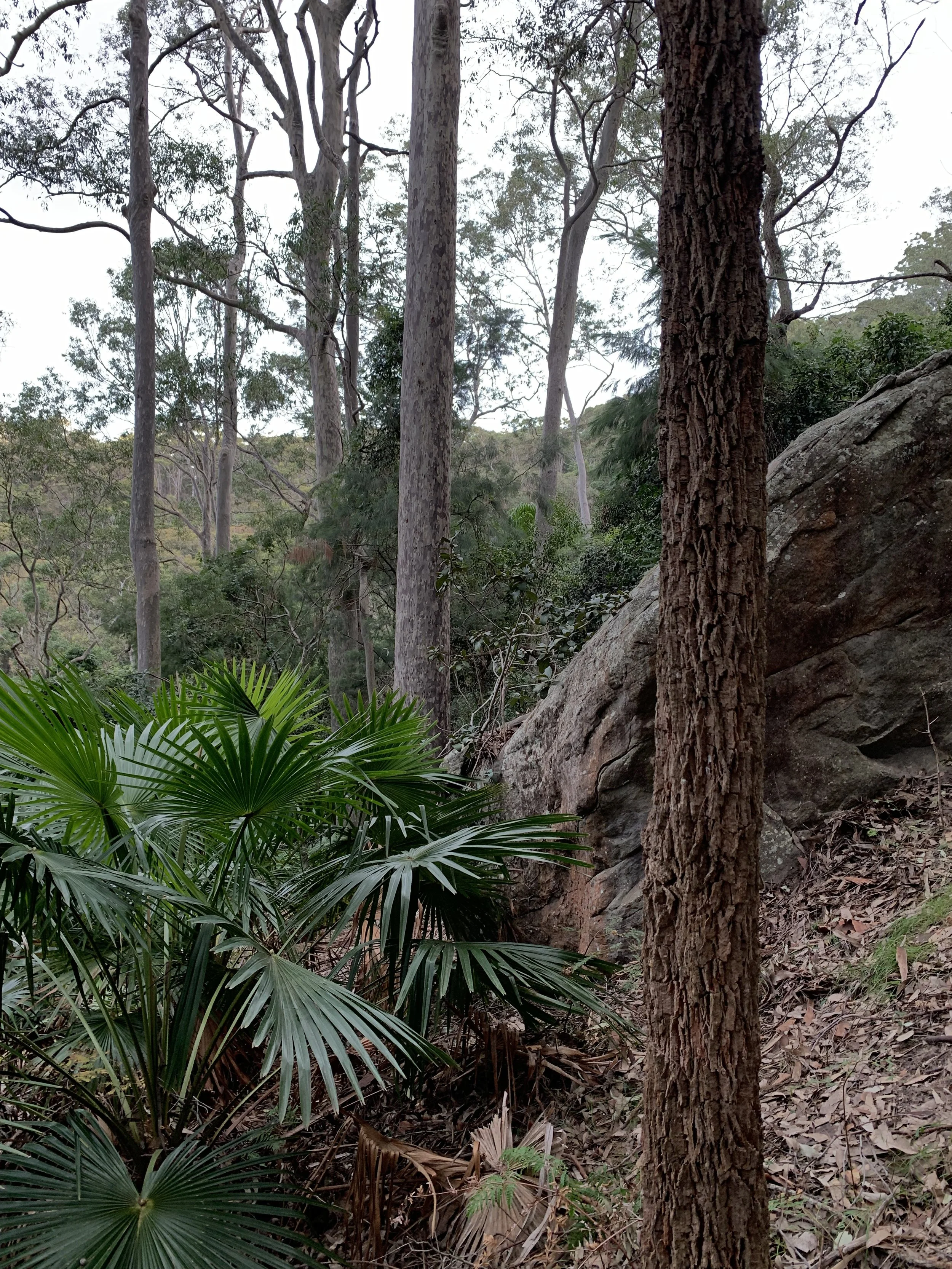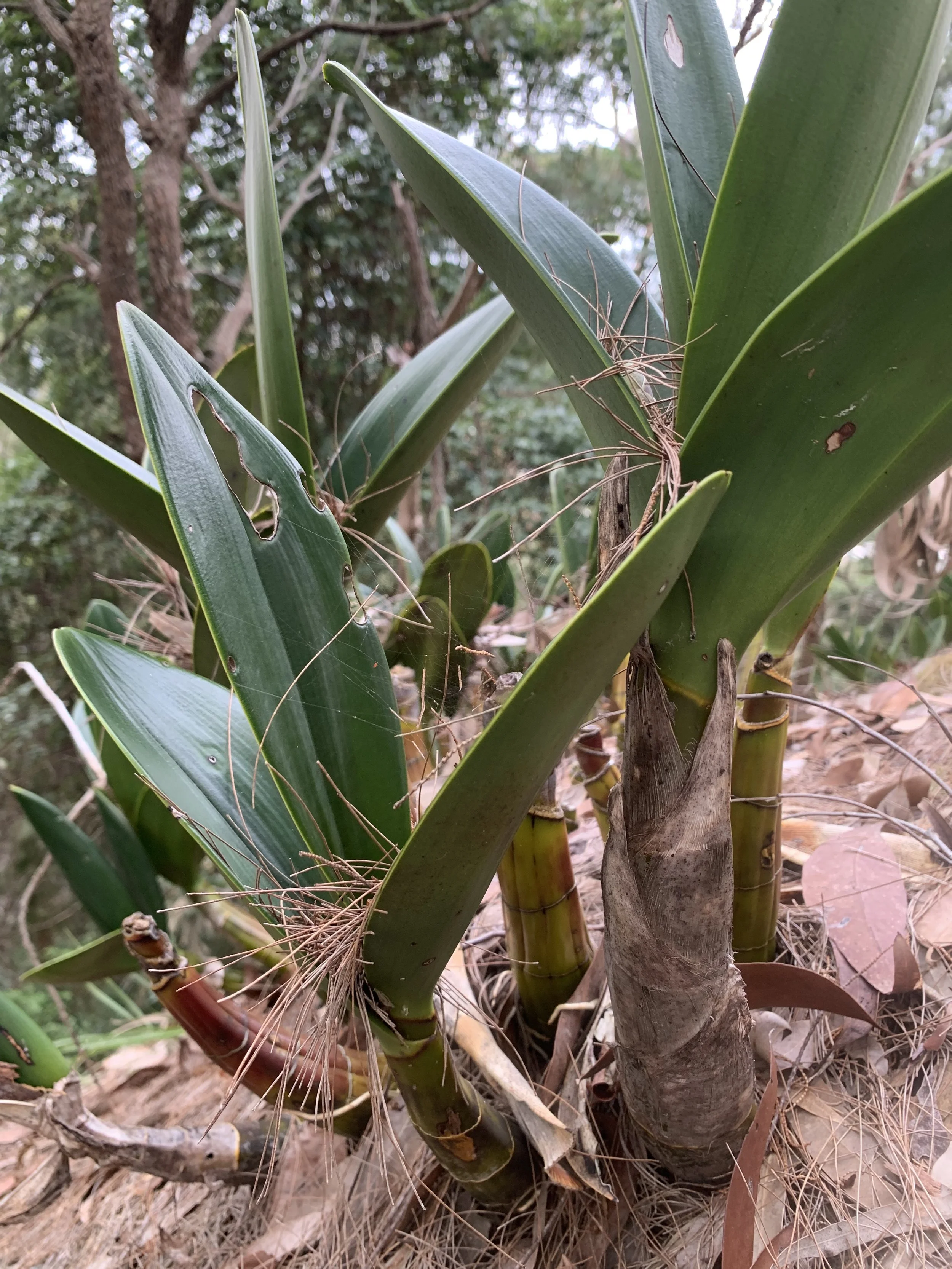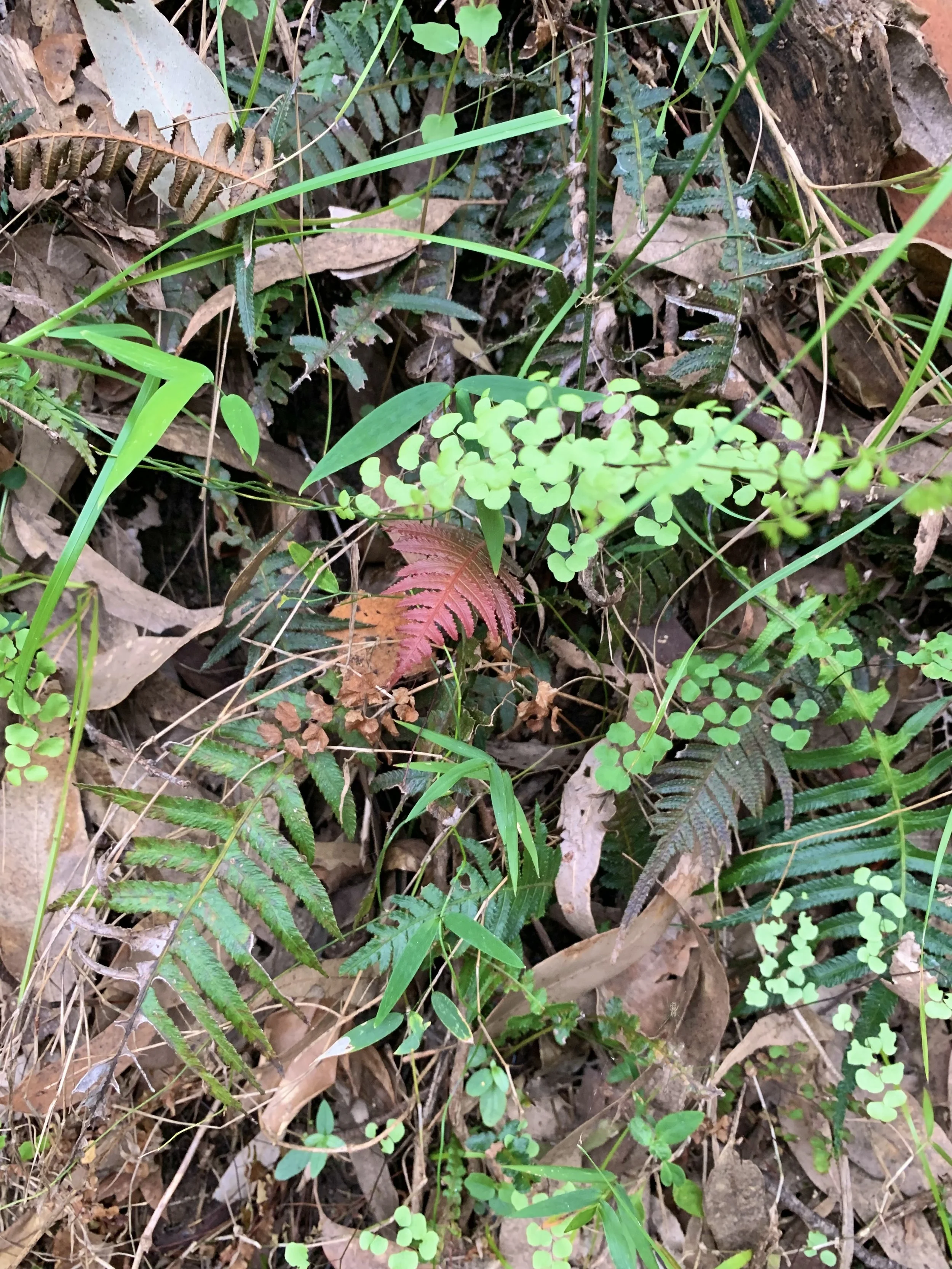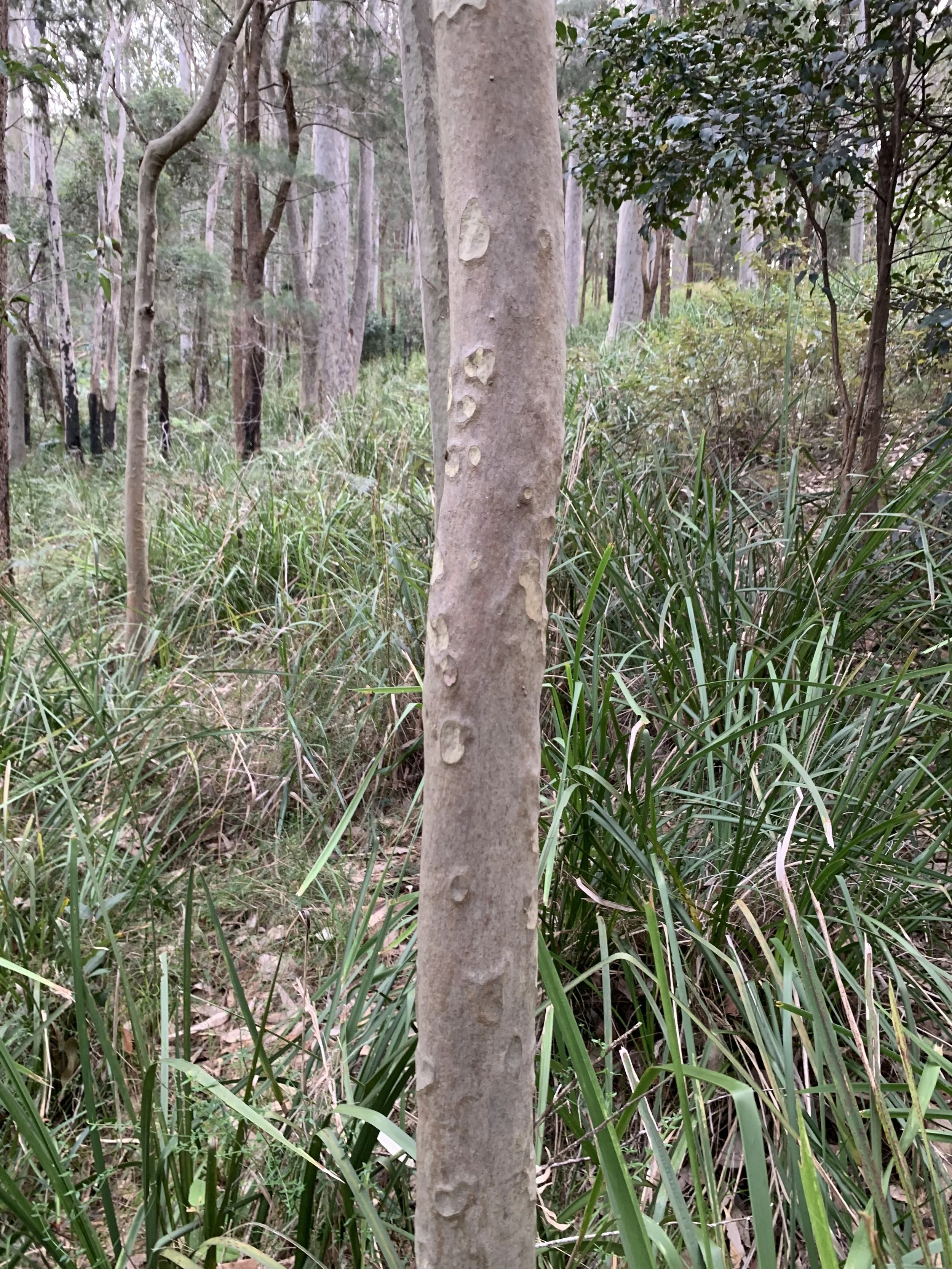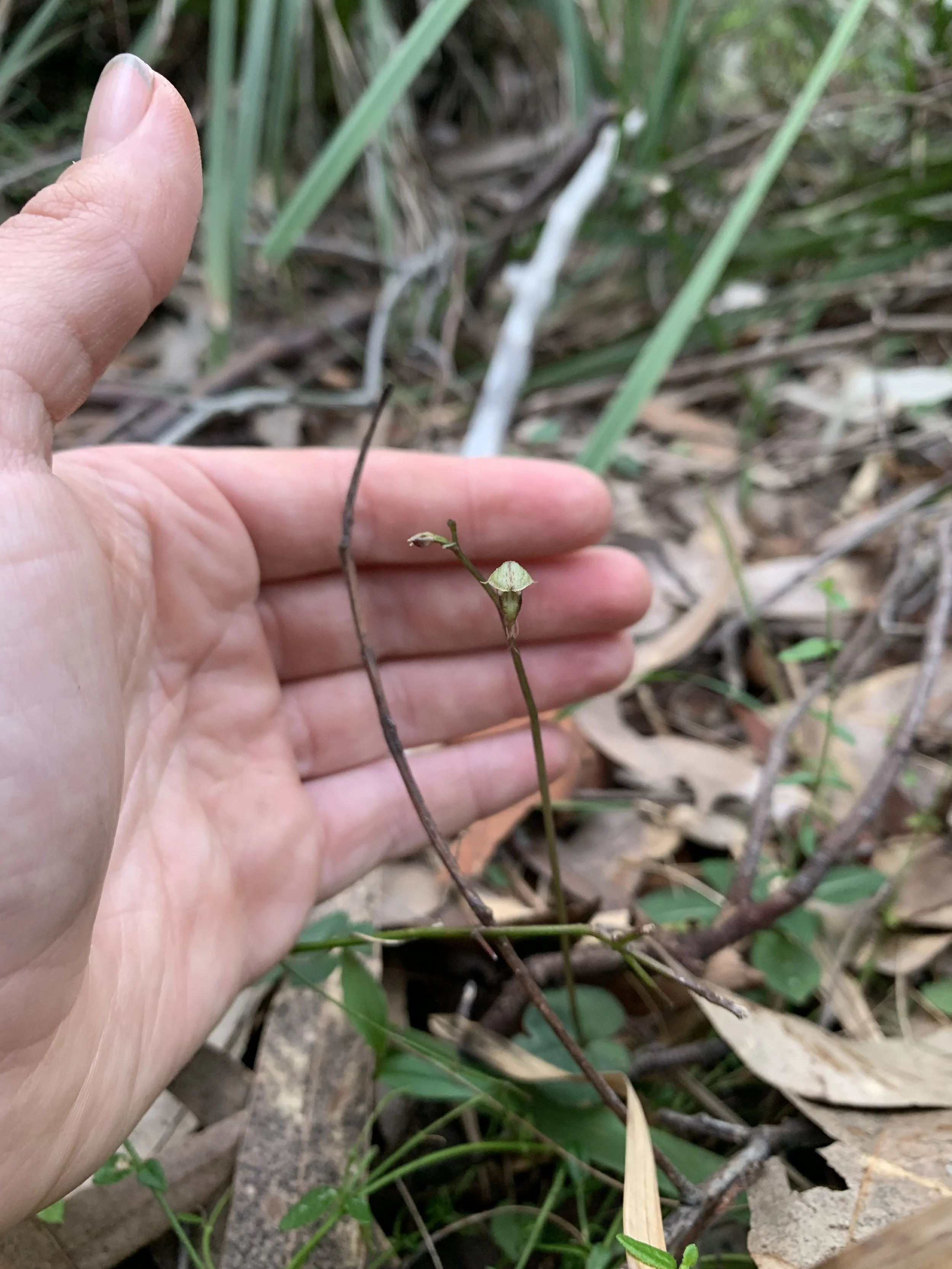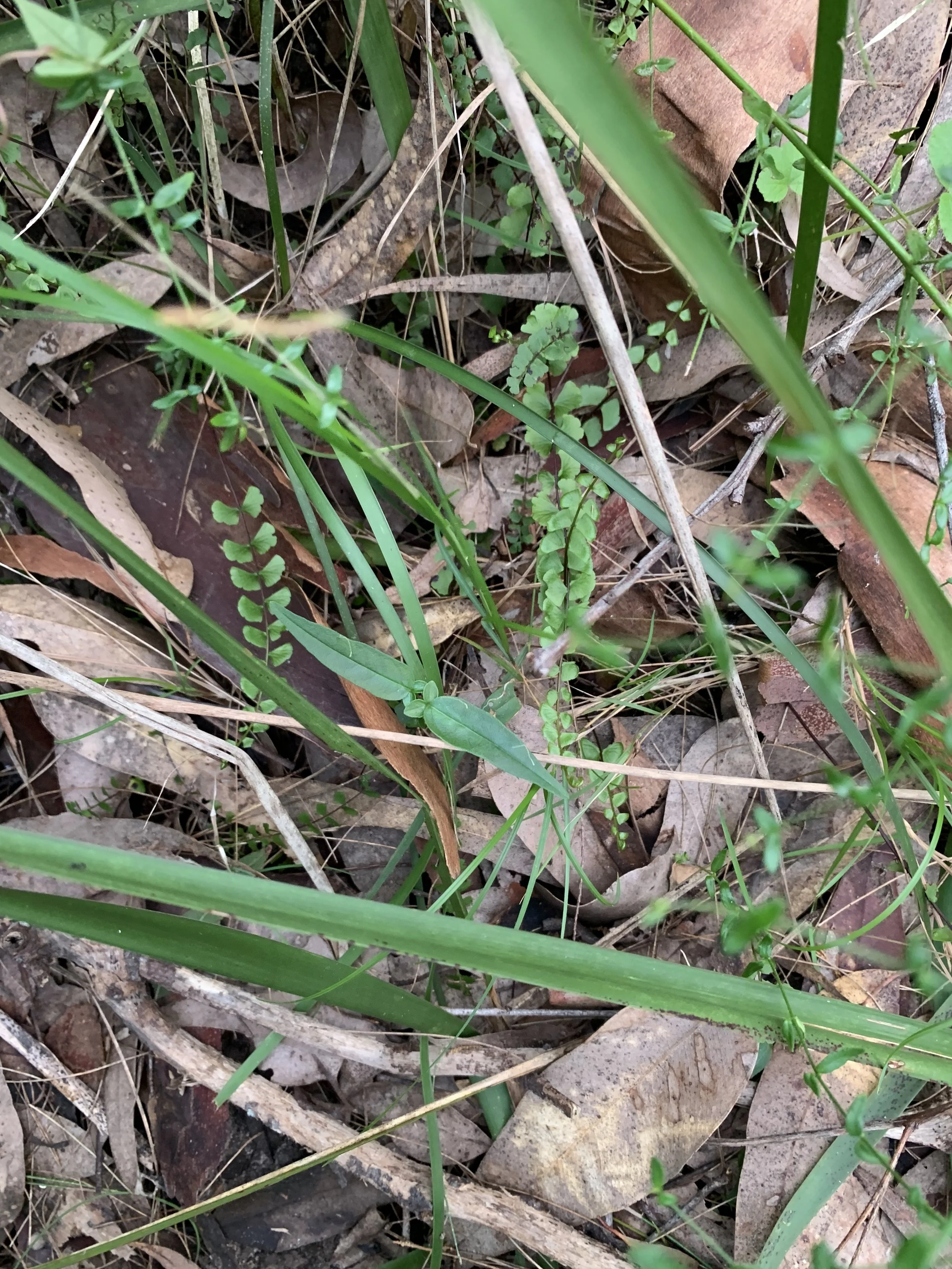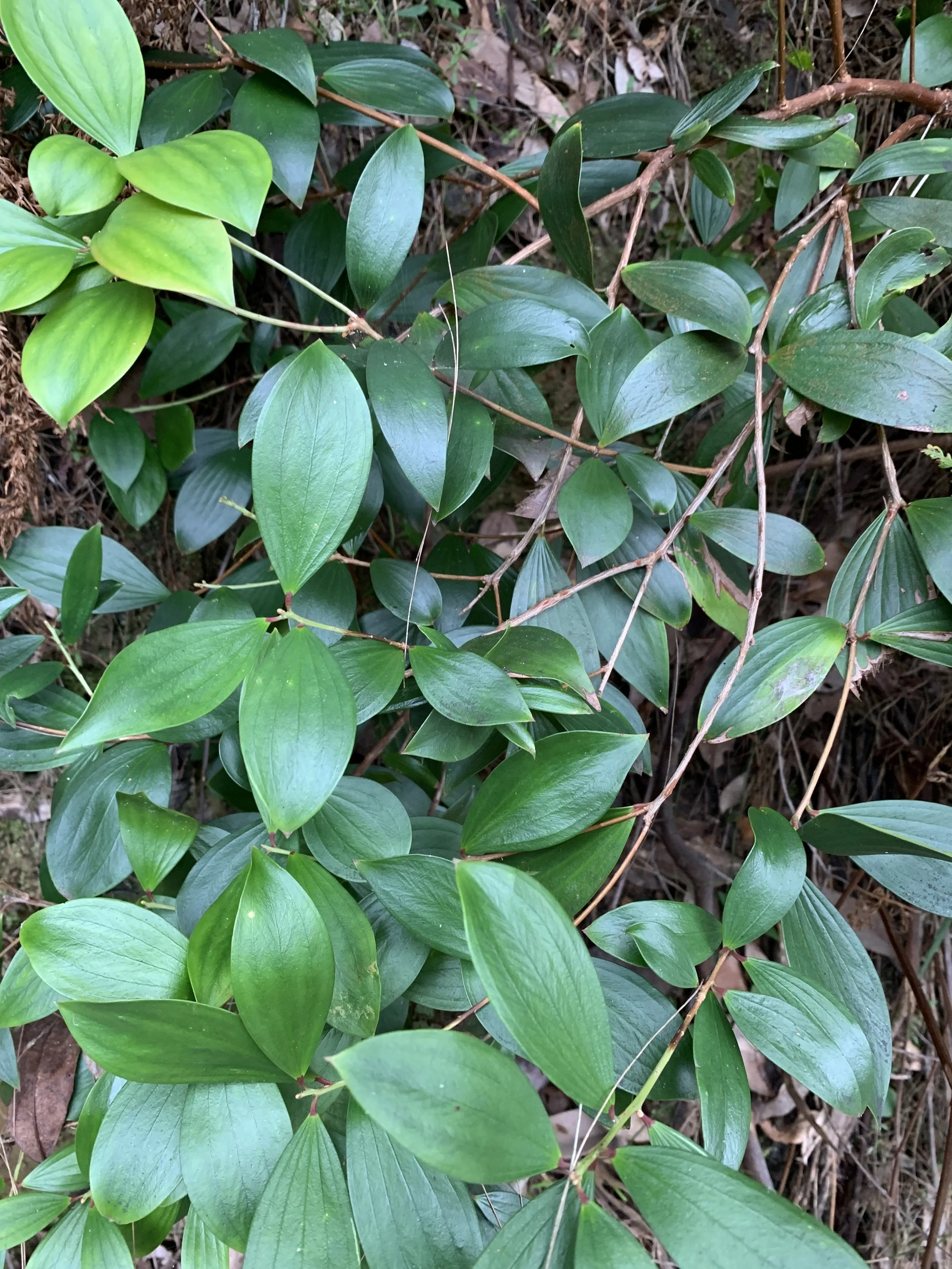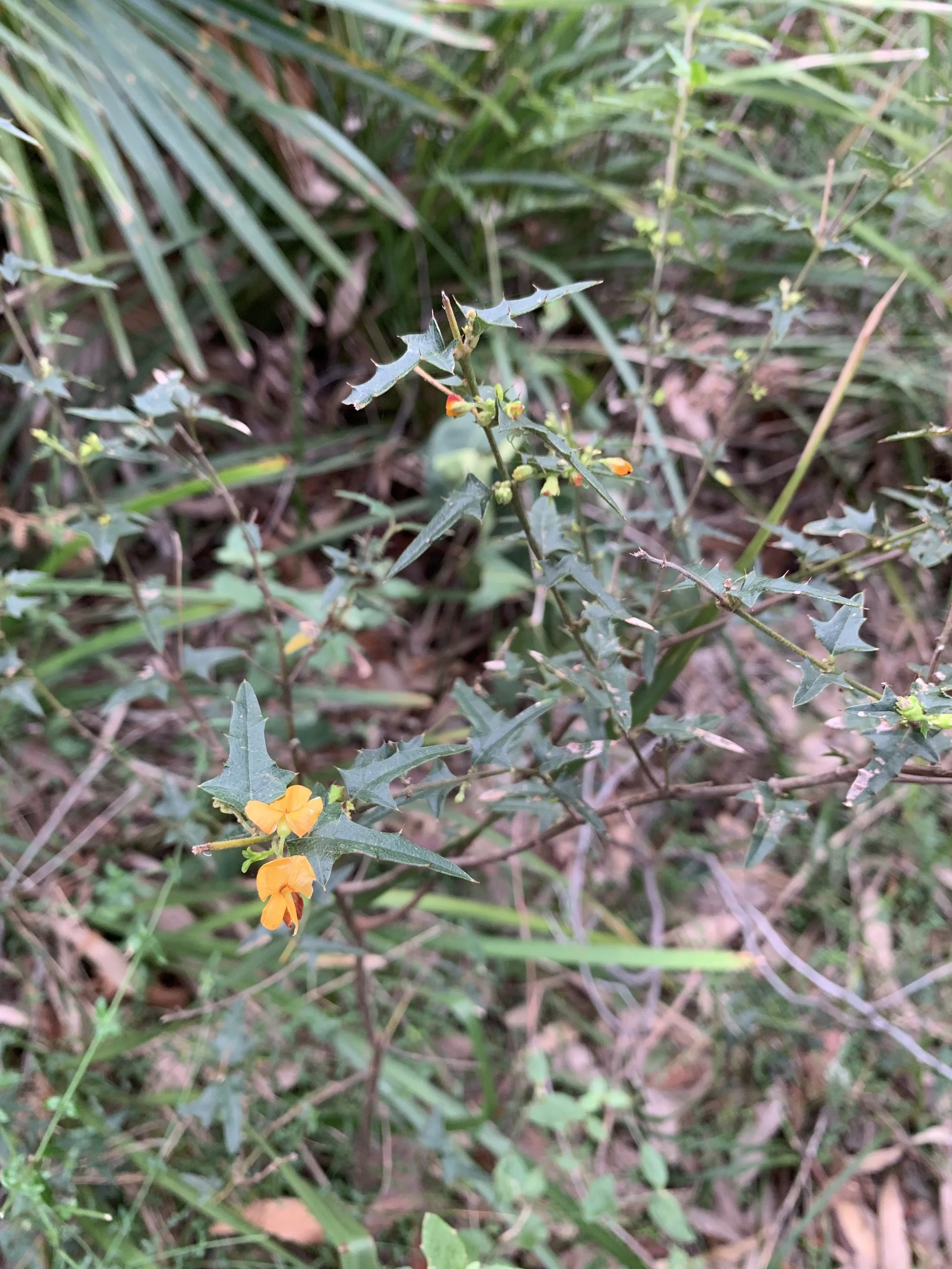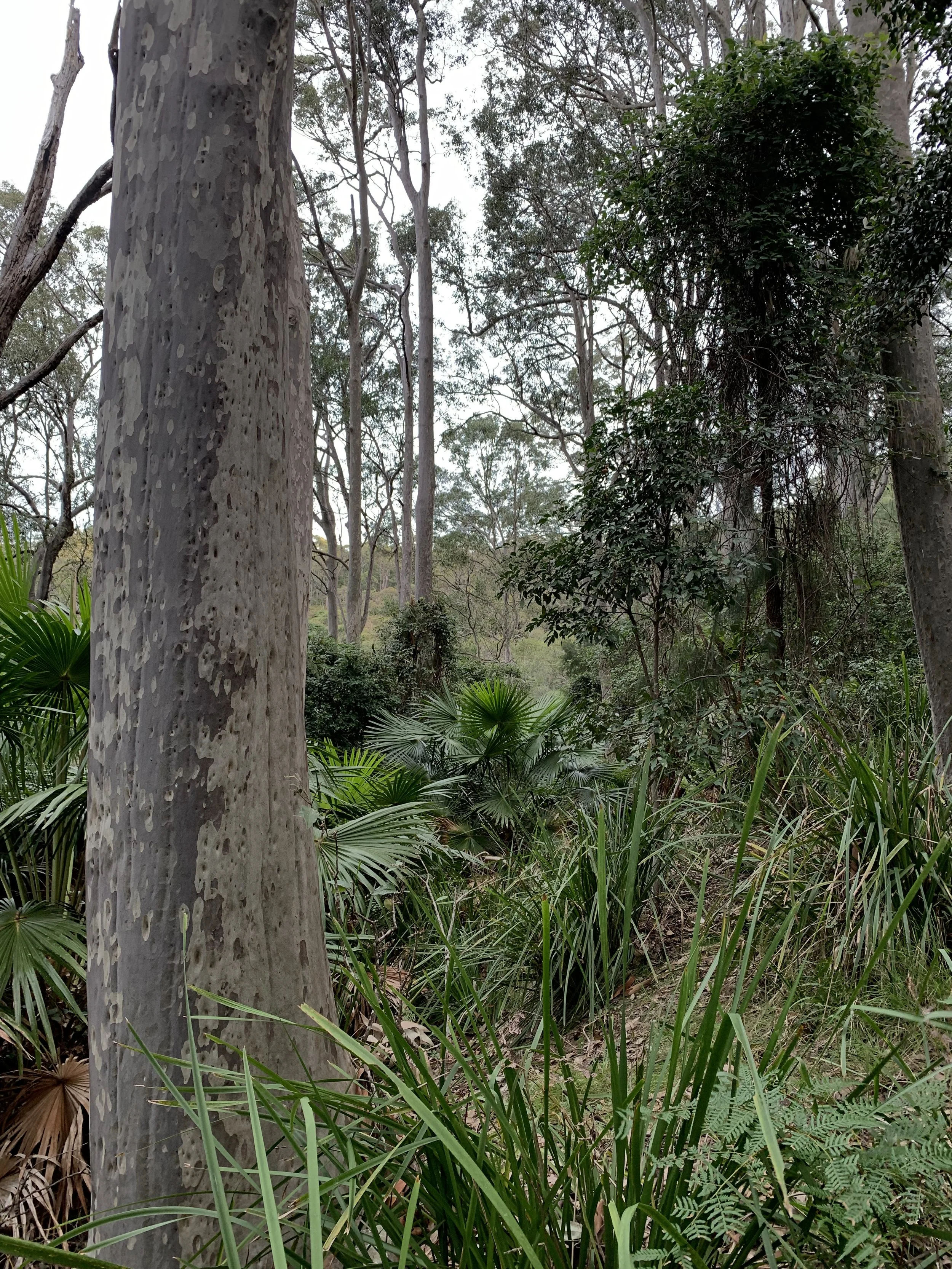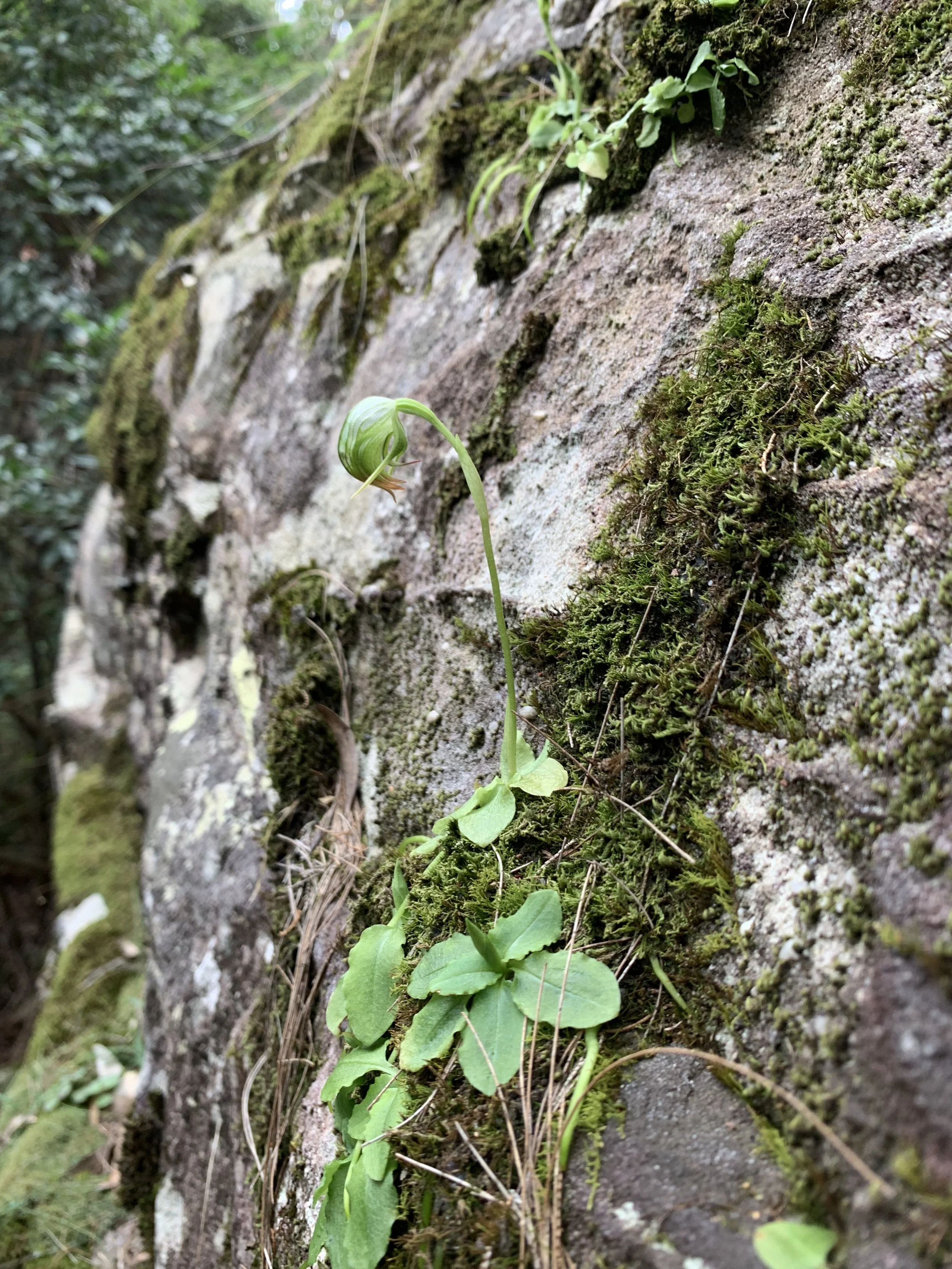Reference Community Study: East-Facing Pittwater Spotted Gum Forest
This will be the first of many reference community posts, from which we hope to form a database as a touchstone for our own work, for our clients, and for the wider public.
The land around what Europeans have called ‘Elvina Bay’ is Garigal Land. We acknowledge the devastating impacts that European colonisation has had on the ecology, culture, and general wellbeing of this place and its people.
The distribution of Pittwater-Wagstaffe Spotted Gum Forest (PWSGF) across the Northern Beaches has diminished remarkably since 1770 (Bell & Stables, 2012). European disturbance regimes such as unmitigated weed invasion, clearing, and innapropriate burn intervals have seen a decline in local biodiversity, in general, and have significantly contributed to the fragmentation and degeneration of the PWSGF community (pg. 144). PWSGF is an ecologically significant community, being home to a number of endangered species such as Syzygium paniculatum and Ninox strenua, itself, too, being an endangered ecological community (NSW Scientific Committee, 2012). Since a majority of our restoration projects occur within this plant community, it was important for us to locate a reference site that was both extant and (relatively) undisturbed.
Mesic sites, in particular, have been subject to serious disturbance along the Southern and Eastern-facing aspects of the Peninsula, leaving only small, highly fragmented sites such as Stapleton Reserve, Palmgrove Park and Angophora Reserve. So we looked across the Pittwater, towards Ku-ring-gai, where we had identified a number of potential reference zones.
The first of these sites, and the one documented in this particular post, is situated on the East-facing aspect of Elvina Bay. Though the remnant vegetation still exhibited signs of historical disturbance, parts of the site appeared relatively intact, particularly higher up the escarpment where there had not been development.
Historical images of Elvina Bay and surrounds show clearing along the foreshore, but further up the Watagan slopes, the canopy appears dense and unmarred.
‘'At Pittwater' by Charles Kerry, circa 1887-1888. From Tyrell Collection, courtesy Powerhouse Museum - is Rocky Point, Elvina Bay to left, Lovetts' Bay to right and Scotland Island’ - Image via Pittwater Online News (https://www.pittwateronlinenews.com/Cowan-Creek--Lovett-Bay-Heights-Tracks-History.php)
We note that Watagan slopes are characterised by steep topography, and significantly, sandstone boulders (NSW Department of Planning, Industry and Environment, n.d.). It is possible that the escarpment avoided development due to its steep gradient and the presence of large sandstone rocks. These boulders in themselves are important ecosystems for species such as the Dendrobium speciosum (Rock Lily) which had become scarce during initial clearing phases in the late 1800s (Pittwater Online News, 2012). We also noted the presence of species such as Adiantum aethepocium (Maiden Hair Fern), Doodia spp. (Rasp Ferns), and Arthropodium millieflorum (Pale Vanilla Lily) frequently appearing on peaty deposits in crags in the rocks.
Dendrobium speciosum a little further up the escarpment.
Ferns and herbs appearing amidst the leaf litter of a crag in the sandstone
The sites that had experienced more significant disturbance were characterised by a younger, sparser canopy of Corymbia maculata (Spotted Gum) that frequently appeared affected by pathogens such as Quambalaria (Shoot Blight) and Armillaria spp. (Honey Fungus) which deteriorate new leaf growth and cause dieback. Mid-storey in these areas tended to be largely absent and the understorey was dominated by Imperata cylindrica (Bladey Grass), Lomandra longifolia (Mat Rush) and Cissus hyperglauca (Water Vine).
This is a common composition for disturbed understories across a variety of communities. Working with ecological restoration, it is important for us to recognise that while this dense layer of grasses and ferns can mimic the structure of natural regeneration after fire, for example, when this composition is a result of European disturbance, it can often suppress native seed germination and success over time, resulting in an altered vegetation composition.
When undertaking bush regeneration, it is important to focus on pioneering species, as they play a crucial role in the initial stages of ecological recovery. However, disturbed sites often lack the natural recruitment processes found in undisturbed areas. This can result in an imbalance in species composition and ecosystem function. In such cases, actively reintroducing keystone species may be necessary to restore ecological balance. Keystone species help regulate competition between plant species, promote biodiversity, and support the overall integrity of the habitat. Therefore, a strategic approach that includes both encouraging pioneer species and reintroducing keystone species is essential for successful regeneration.
A once-cleared site now dominated by vines, ferns, and grasses.
Further up the escarpment, less disturbance was evident. As we climbed, we found a healthy spatial mosaic, both on a horizontal and vertical axis that allowed light, air, and water to create unique microclimates for certain species to thrive in, where specific conditions had been created.
Sites that occurred on the flat where the soil had graded into a more clay-dominant substrate appeared to have a higher ground water content, but more open canopy which allowed light to reach the ground. These conditions had allowed for Poa affinis (Meadow Grass) and Acianthus fornicatus (Pixie Caps) to appear across the majority of the understorey. These areas, in large part, were characterised by higher canopy frequency of C. maculata (Spotted Gum), and fewer Livistona australis (Cabbage Tree Palm) and Allocasuarina torulosa (Forest She-Oak) than other, more densely vegetated zones.
In particular, across the ground and mid-storey, these sites appeared to favour species such as Xanthorrea macronema (Bottlebrush Grass Tree), Pandorea pandorana (Wonga-Wonga Vine) Pultanea flexilis (Graceful Bush Pea), Themeda triandra (Kangaroo Grass), Prostanthera denticulata (Rough Mint Bush), Lindsaea linearis (Screw Fern), Lomandra longifolia (Mat Rush), Pteridium esculentum (Bracken Fern), Osothamnus disomifolius (Rice Flower), Hibbertia dentata (Toothed Guinea Flower), Acacia suaveolens (Sweet Wattle) and infrequently, Synoum glandulosum (Scentless Rosewood). Likely light conditions and ground moisture levels had created an environment that favoured these smaller, scrubbier species that did not need deep root systems, allowing for a more sparse strata both across the ground, and vertically.
A young C. maculata emerging from the grasses on the flatter site.
Acianthus fornicatus (Pixie Cap Orchid) enjoying the cooler weather and light conditions
Lindsaea linearis, Pandorea pandorana, Prostanthera denticulata appearing in the leaf litter from the C. maculata canopy. A healthy and diverse array of PWSGF groundcovers and scramblers.
We continued to venture further up the hill, noting that the frequency of canopy species (C. maculata, Allocasuarina torulosa, Livistona australis) had become far more dense. In turn, the sheltered climate beneath had created perfect conditions for species such as Trochocarpa laurina (Tree Heath), Backhousia myrtifolia (Cinnamon Myrtle), Synoum glandulosum (Scentless Rosewood), Notolaea vinosa (Mock Olive), Syzygium smithii (Midjuburi), Elaeocarpus reticulatus (Blueberry Ash) Cryptocarya microneuria (Murrogun), Ficus coronata (Sandpaper Fig) (though, this predominantly occured in ephemeral creeks), Notolaea longifolia (Long-Leaf Mock-Olive).
Infrequently, vines penetrated the mid-storey but never the canopy. Species such as Cissus hyperglauca (Water Vine), Cassytha glabella (Devil’s Twine), Pandorea jasminoides (Wonga Wonga), and Eustrephus latifolius (Wombat Berry) were present.
The understorey was varied with a greater density and preference for water-loving species on the lower slopes, which graded into a sparser and more diverse composition further up the escarpment. In some areas higher up, leaf litter formed a mosaic (perhaps due to ecosystem engineers such as the Menura novaihollandiae (Superb Lyrebird)) where in some places, it was almost completely absent.
Understorey species across the landscape included Olearia tomentosa (Daisy Bush), Podolobium ilicifolium (Native Holly), Platylobium formosum (Handsome Flat Pea), Pultanea flexilis (Graceful Bush Pea), Schelhammera undulata (Lilac Lily), Geitnoplessium cyanosum (Scrambling Lily), Arthopodium millieflorum (Pale Vanilla Lily), Oceaniopteris sp. (formerly Blenchnum), Hydrocotyl hirta (Hairy Pennywort), Pomax umbellata (Umbrella Spurge), Smilax glychophylla (False Sasparilla), Viola cilicestrus (Sandstone Violet), Smilax australis (Lawyer Vine), Entolasia stricta (Wiry Panic Grass), Oplismenus imbecilus (Basket Grass), Wilkaea hugeliana (Veiny Wilkaea), Elaeodendron australe (Red Olive Plum), Osothamnus diosmifolius (Rice Flower), Gahnia sp. (Saw Sedge), Gymnostachis anceps (Boorgay), Myrsine variabilis (Variable Muttonwood) and Xanthosia pillosa (Wooly Xanthosia).
Evan ascending the escarpment
Trochocarpa laurina
Podolobium illicifolium
A snapshot of the community further up the escarpment. Note the mosaic of density and sparseness across te landscape - an important feature for both flora and fauna habitat.
In almost all healthy plant communities, one can locate a variety of orchid species. In and around the PWSGF community at Elvina Bay, we sighted:
Acianthus fornicatus (Pixie Caps), Cryptostylis subulata (Large Tongue Orchid), Pterostylis nutans (Nodding Greenhood), Liparis reflexa (Wet Dog Orchid), Cymbidium suave (Snake Orchid), and Corybas sp. (Helmet Orchid).
Pterostylis nutans, hanging from the moss on a sandstone boulder. Chef’s kiss!
Reference sources and further reading:
Bell, S. a. J., & Stables, M. (2012). Floristic variability, distribution and an extension of range for the endangered Pittwater Spotted Gum Forest,Central Coast, New South Wales. Cunninghamia, 12(2), 143–152. https://www.researchgate.net/publication/274068055_Floristic_variability_distribution_and_an_extension_of_range_for_the_endangered_Pittwater_Spotted_Gum_Forest_Central_Coast_New_South_Wales
NSW Department of Planning, Industry and Environment. (n.d.). Watagan. In Soil and Land Resources of the Hawkesbury-Nepean Catchment [Report]. https://espaderesources.environment.nsw.gov.au/resources/SPADE/reports/9130wn.pdf
NSW SCIENTIFIC COMMITTEE. (2012). Final Determination. https://www.environment.nsw.gov.au/sites/default/files/pittwater-wagstaffe-spotted-gum-forest-nsw-scientific-committee-final-determination.pdf
Pittwater Online News. (2012). https://www.pittwateronlinenews.com/flagstaff-hill---lovett-bay-history.php
Primary Industries. (n.d.). Quambalaria shoot blight | Business Queensland. https://www.business.qld.gov.au/industries/farms-fishing-forestry/forests-wood/pests-diseases/trees-timber/quambalaria-shoot-blight

